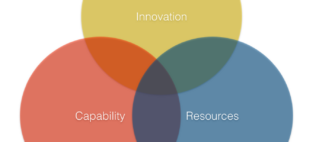A well-crafted job description is crucial for attracting and developing talent within an organisation. In this article, we will explore the importance of job descriptions, how they contribute to employee satisfaction, and their role in achieving strategic goals. We will also discuss the link between job descriptions and well-defined processes, and how they contribute to organisational success.
The Importance of Clear Job Descriptions
A clear and comprehensive job description provides employees with defined boundaries, resources, and expected outcomes. It sets the stage for a simplified work environment, allowing employees to focus on their tasks and goals. Simplification doesn’t mean a lack of complexity or challenges; rather, it means providing clarity and direction that enable employees to perform at their best.
The Problem with Poor Job Descriptions
Poorly written job descriptions, often no more than the job advertisement copy, list a generic set of characteristics and activities without providing specific expectations or outcomes. This can lead to confusion, misaligned expectations, and ultimately, dissatisfaction among employees. A well-crafted job description should accurately reflect the role, responsibilities, and desired outcomes, providing employees with the guidance they need to succeed.
The Role of Processes and Strategic Goals
The key to creating an effective job description lies in having well-defined processes and strategic goals. When processes are clearly outlined, a job description can delegate authority and empower employees to perform their roles, improve processes, and contribute to the organisation’s objectives.
Vague job descriptions, on the other hand, can lead to confusion and a lack of direction for employees. A more meaningful job description will provide employees with the necessary context to understand their responsibilities and how they contribute to the company’s success. It provides employees with the autonomy to take ownership of their roles, adapt to changing circumstances, and continuously improve their performance.
Job descriptions should be aligned with an organisation’s strategic goals. When this alignment is clear, employees can better understand how their roles contribute to the overall success of the company. This not only helps them stay motivated but also ensures that their efforts are directly connected to the organisation’s objectives.
Improving Job Descriptions and Processes
- Review and refine processes: Regularly evaluate and improve your organisation’s processes to ensure they are efficient and effective. This will lay the foundation for developing job descriptions that accurately represent the roles and responsibilities of each employee.
- Align job descriptions with strategic goals: Clearly connect each job description to the organisation’s strategic goals. This helps employees understand their role in achieving the company’s objectives and fosters a sense of purpose.
- Be specific and concise: Avoid generic descriptions and focus on the specific tasks, responsibilities, and desired outcomes for each role. This provides employees with clear expectations and guidance, promoting productivity and satisfaction.
- Encourage continuous improvement: Include language in job descriptions that encourages employees to improve processes, adapt to change, and contribute to the organisation’s success.
- Revisit job descriptions regularly: Review and update job descriptions as needed to ensure they remain accurate, relevant, and aligned with the organisation’s goals.
Effective job descriptions play a crucial role in developing talent, fostering employee satisfaction, and achieving strategic goals. By focusing on well-defined processes and clearly aligning job descriptions with organisational objectives, companies can empower their employees to excel in their roles and contribute to the overall success of the organisation. This approach not only simplifies the work environment but also promotes a culture of continuous improvement and growth.


